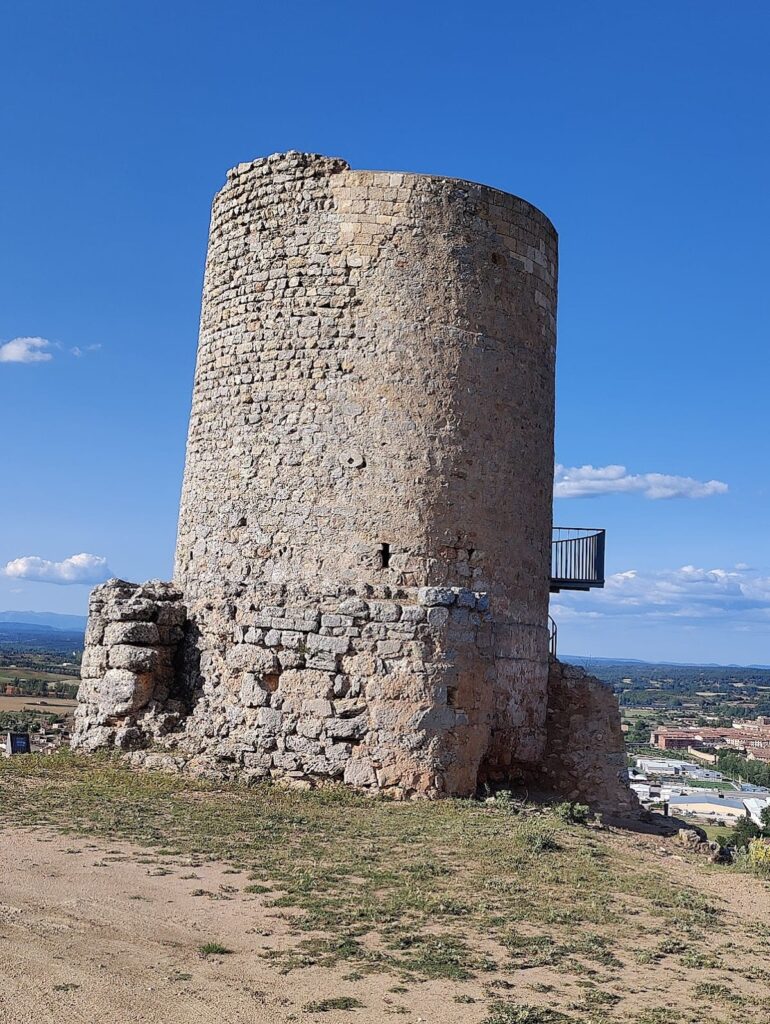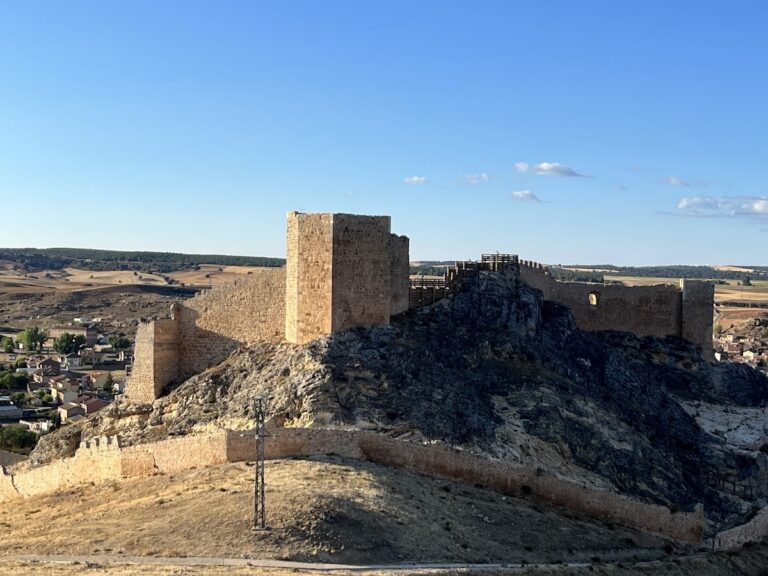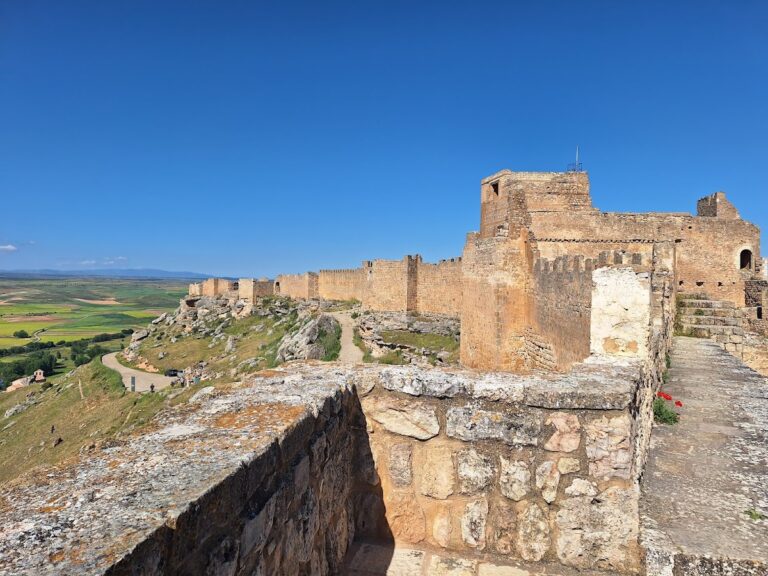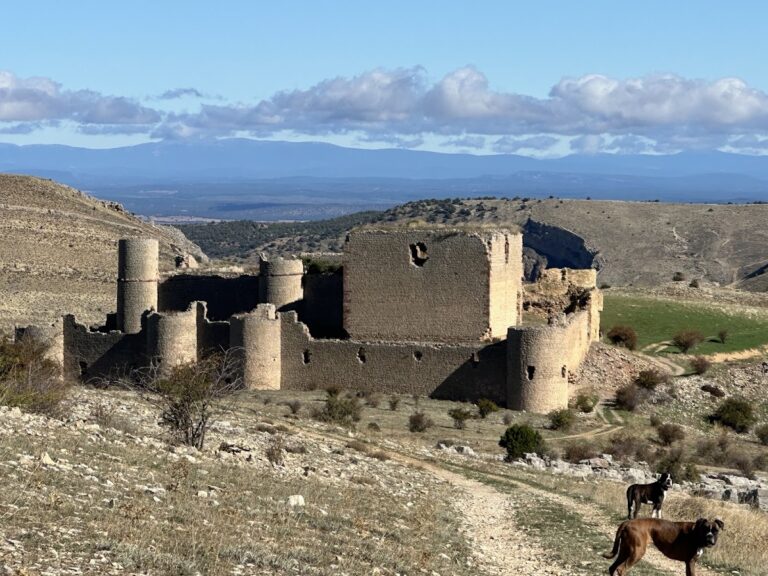Uxama Argaela: An Ancient Celtiberian and Roman City in Spain
Visitor Information
Google Rating: 4.3
Popularity: Low
Google Maps: View on Google Maps
Official Website: celtiberiasoria.es
Country: Spain
Civilization: Roman
Remains: City
History
Uxama Argaela is an ancient city situated within the municipality of Burgo de Osma-Ciudad de Osma in Spain, originally established by the Celtiberian Arevaci tribe. The settlement played an active role during the Celtiberian Wars between 153 and 133 BC, a period marked by conflict between the indigenous Celtiberians and expanding Roman forces. In 99 BC, Rome conquered the city, incorporating it into its growing provincial system.
Despite Roman dominion, Uxama Argaela briefly supported the rebel Quintus Sertorius during his resistance against Rome in the 70s BC. This allegiance led to the city’s destruction by Pompey the Great in 72 BC. Soon after this devastation, the city was rebuilt, evidencing its strategic and regional importance. Ancient writers such as Pliny the Elder and Claudius Ptolemy later mentioned Uxama, confirming its continued significance within the Roman geographic and administrative framework.
During the early Roman imperial period, the city was assigned municipium status by Emperor Tiberius. This status, akin to a self-governing town with Roman citizenship rights, ushered in a time of urban development and construction, including public buildings and fortifications. Uxama then belonged to the Conventus Iuridicus Cluniensis, an administrative district within the province of Hispania Tarraconensis.
In the 1st and 2nd centuries AD, the city expanded substantially over approximately 28 hectares, spanning two plateaus. It developed a forum—the central public square—large residential mansions, city walls with defensive towers, and an industrial sector along the nearby Ucero River. By the 3rd century AD, Uxama served as a mansio, a formally designated rest stop for travelers and officials on the Roman road linking Caesaraugusta (modern Zaragoza) and Asturica Augusta (modern Astorga), which followed the Duero valley.
During the Visigothic period in the 6th century, Uxama maintained a religious presence, as its bishops participated in the important Councils of Toledo. However, following the Muslim conquest of the Iberian Peninsula in the 8th century, the city was abandoned. It was later repopulated in 912 AD, marking a revival after several centuries of desolation.
Remains
The archaeological site of Uxama Argaela is located atop El Castro hill and encompasses about 28 hectares distributed over two plateaus. The city’s layout reflects a blend of Celtiberian and Roman urban planning, with fortifications constructed from local stone reinforced by rectangular towers positioned along the northeastern and southern sides. Portions of these defensive walls remain visibly standing today, delineating the ancient city’s boundaries.
Within the site, a small forum served as the public center during the Roman period. Adjacent to this, large urban mansions reveal the presence of affluent inhabitants. Some of these residences exhibit sophisticated construction and decorative elements, such as mosaic floors, indicating a certain level of wealth and Roman influence. Close to the river, an industrial quarter was established, which likely housed workshops and facilities related to manufacturing or processing goods.
Religious architecture is represented by a basilica featuring mosaics, demonstrating the city’s role as a center of Christian worship during later periods. Public amenities include baths, an essential part of Roman urban life, which offered spaces for hygiene, socializing, and relaxation. The site also contains cisterns used for water storage, and a drainage system known as the Mina, designed to manage wastewater and maintain sanitation.
An extensive Celtiberian cremation cemetery dating from the 3rd to 2nd centuries BC has been uncovered nearby in the Portugui vineyards area. This necropolis provides insights into pre-Roman funerary customs of the Arevaci tribe. At the city’s perimeter, remnants of an aqueduct are visible in the form of tunnels carved directly into bedrock, demonstrating the engineering efforts made to supply water to the settlement.
Excavations have yielded a diverse range of artifacts, including inscriptions, Republican and Imperial Roman coins, pottery, glassware, various metal objects, iron weapons, Roman capitals (architectural elements), sculptures, and a distinctive collection of bronze horse figurines. These finds help illuminate the city’s daily activities, economic connections, and artistic expressions.
Objects recovered from Uxama Argaela are preserved and displayed across several institutions, including the National Archaeological Museum in Madrid, the Numantine Museum in Soria, and the National Army Museum in Toledo. Additionally, a small museum dedicated specifically to Uxama is situated about two kilometers from the ancient hillfort, near the modern N-122 road, where it operates during the summer months. The site continues to be the focus of ongoing archaeological research conducted each summer alongside nearby Tiermes, under the oversight of Castilla y León’s cultural authorities.










